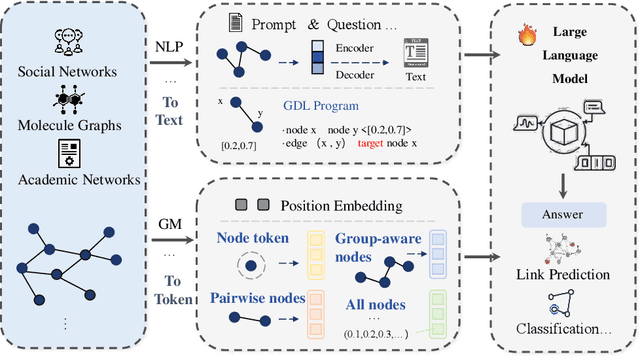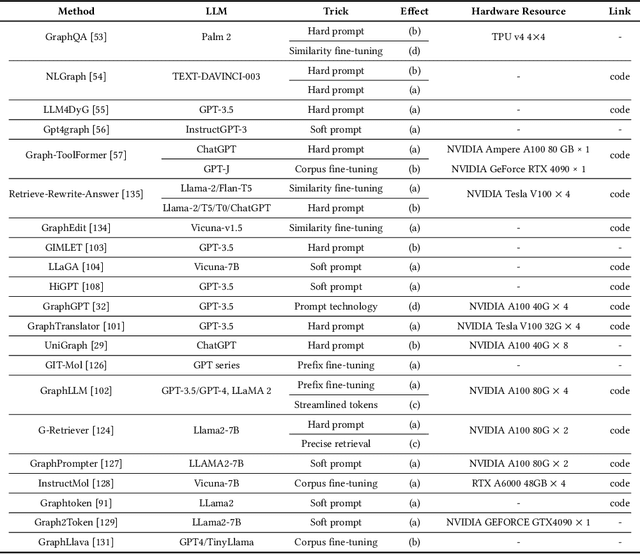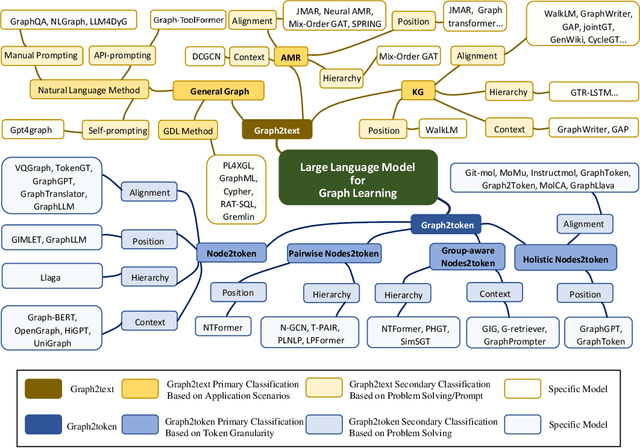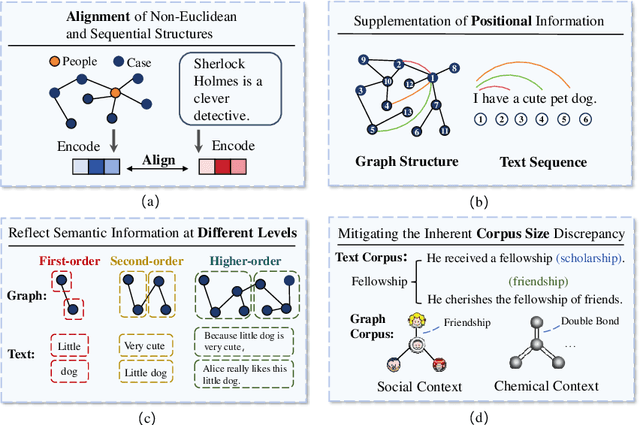Xiuzhen Zhang
REFER: Mitigating Bias in Opinion Summarisation via Frequency Framed Prompting
Sep 19, 2025Abstract:Individuals express diverse opinions, a fair summary should represent these viewpoints comprehensively. Previous research on fairness in opinion summarisation using large language models (LLMs) relied on hyperparameter tuning or providing ground truth distributional information in prompts. However, these methods face practical limitations: end-users rarely modify default model parameters, and accurate distributional information is often unavailable. Building upon cognitive science research demonstrating that frequency-based representations reduce systematic biases in human statistical reasoning by making reference classes explicit and reducing cognitive load, this study investigates whether frequency framed prompting (REFER) can similarly enhance fairness in LLM opinion summarisation. Through systematic experimentation with different prompting frameworks, we adapted techniques known to improve human reasoning to elicit more effective information processing in language models compared to abstract probabilistic representations.Our results demonstrate that REFER enhances fairness in language models when summarising opinions. This effect is particularly pronounced in larger language models and using stronger reasoning instructions.
Less Is More? Examining Fairness in Pruned Large Language Models for Summarising Opinions
Aug 25, 2025Abstract:Model compression through post-training pruning offers a way to reduce model size and computational requirements without significantly impacting model performance. However, the effect of pruning on the fairness of LLM-generated summaries remains unexplored, particularly for opinion summarisation where biased outputs could influence public views.In this paper, we present a comprehensive empirical analysis of opinion summarisation, examining three state-of-the-art pruning methods and various calibration sets across three open-source LLMs using four fairness metrics. Our systematic analysis reveals that pruning methods have a greater impact on fairness than calibration sets. Building on these insights, we propose High Gradient Low Activation (HGLA) pruning, which identifies and removes parameters that are redundant for input processing but influential in output generation. Our experiments demonstrate that HGLA can better maintain or even improve fairness compared to existing methods, showing promise across models and tasks where traditional methods have limitations. Our human evaluation shows HGLA-generated outputs are fairer than existing state-of-the-art pruning methods. Code is available at: https://github.com/amberhuang01/HGLA.
Unbiased Reasoning for Knowledge-Intensive Tasks in Large Language Models via Conditional Front-Door Adjustment
Aug 23, 2025Abstract:Large Language Models (LLMs) have shown impressive capabilities in natural language processing but still struggle to perform well on knowledge-intensive tasks that require deep reasoning and the integration of external knowledge. Although methods such as Retrieval-Augmented Generation (RAG) and Chain-of-Thought (CoT) have been proposed to enhance LLMs with external knowledge, they still suffer from internal bias in LLMs, which often leads to incorrect answers. In this paper, we propose a novel causal prompting framework, Conditional Front-Door Prompting (CFD-Prompting), which enables the unbiased estimation of the causal effect between the query and the answer, conditional on external knowledge, while mitigating internal bias. By constructing counterfactual external knowledge, our framework simulates how the query behaves under varying contexts, addressing the challenge that the query is fixed and is not amenable to direct causal intervention. Compared to the standard front-door adjustment, the conditional variant operates under weaker assumptions, enhancing both robustness and generalisability of the reasoning process. Extensive experiments across multiple LLMs and benchmark datasets demonstrate that CFD-Prompting significantly outperforms existing baselines in both accuracy and robustness.
Cultural Bias Matters: A Cross-Cultural Benchmark Dataset and Sentiment-Enriched Model for Understanding Multimodal Metaphors
Jun 08, 2025Abstract:Metaphors are pervasive in communication, making them crucial for natural language processing (NLP). Previous research on automatic metaphor processing predominantly relies on training data consisting of English samples, which often reflect Western European or North American biases. This cultural skew can lead to an overestimation of model performance and contributions to NLP progress. However, the impact of cultural bias on metaphor processing, particularly in multimodal contexts, remains largely unexplored. To address this gap, we introduce MultiMM, a Multicultural Multimodal Metaphor dataset designed for cross-cultural studies of metaphor in Chinese and English. MultiMM consists of 8,461 text-image advertisement pairs, each accompanied by fine-grained annotations, providing a deeper understanding of multimodal metaphors beyond a single cultural domain. Additionally, we propose Sentiment-Enriched Metaphor Detection (SEMD), a baseline model that integrates sentiment embeddings to enhance metaphor comprehension across cultural backgrounds. Experimental results validate the effectiveness of SEMD on metaphor detection and sentiment analysis tasks. We hope this work increases awareness of cultural bias in NLP research and contributes to the development of fairer and more inclusive language models. Our dataset and code are available at https://github.com/DUTIR-YSQ/MultiMM.
Generating Grounded Responses to Counter Misinformation via Learning Efficient Fine-Grained Critiques
Jun 06, 2025Abstract:Fake news and misinformation poses a significant threat to society, making efficient mitigation essential. However, manual fact-checking is costly and lacks scalability. Large Language Models (LLMs) offer promise in automating counter-response generation to mitigate misinformation, but a critical challenge lies in their tendency to hallucinate non-factual information. Existing models mainly rely on LLM self-feedback to reduce hallucination, but this approach is computationally expensive. In this paper, we propose MisMitiFact, Misinformation Mitigation grounded in Facts, an efficient framework for generating fact-grounded counter-responses at scale. MisMitiFact generates simple critique feedback to refine LLM outputs, ensuring responses are grounded in evidence. We develop lightweight, fine-grained critique models trained on data sourced from readily available fact-checking sites to identify and correct errors in key elements such as numerals, entities, and topics in LLM generations. Experiments show that MisMitiFact generates counter-responses of comparable quality to LLMs' self-feedback while using significantly smaller critique models. Importantly, it achieves ~5x increase in feedback generation throughput, making it highly suitable for cost-effective, large-scale misinformation mitigation. Code and LLM prompt templates are at https://github.com/xxfwin/MisMitiFact.
QQSUM: A Novel Task and Model of Quantitative Query-Focused Summarization for Review-based Product Question Answering
Jun 04, 2025Abstract:Review-based Product Question Answering (PQA) allows e-commerce platforms to automatically address customer queries by leveraging insights from user reviews. However, existing PQA systems generate answers with only a single perspective, failing to capture the diversity of customer opinions. In this paper we introduce a novel task Quantitative Query-Focused Summarization (QQSUM), which aims to summarize diverse customer opinions into representative Key Points (KPs) and quantify their prevalence to effectively answer user queries. While Retrieval-Augmented Generation (RAG) shows promise for PQA, its generated answers still fall short of capturing the full diversity of viewpoints. To tackle this challenge, our model QQSUM-RAG, which extends RAG, employs few-shot learning to jointly train a KP-oriented retriever and a KP summary generator, enabling KP-based summaries that capture diverse and representative opinions. Experimental results demonstrate that QQSUM-RAG achieves superior performance compared to state-of-the-art RAG baselines in both textual quality and quantification accuracy of opinions. Our source code is available at: https://github.com/antangrocket1312/QQSUMM
A Macro- and Micro-Hierarchical Transfer Learning Framework for Cross-Domain Fake News Detection
Feb 20, 2025Abstract:Cross-domain fake news detection aims to mitigate domain shift and improve detection performance by transferring knowledge across domains. Existing approaches transfer knowledge based on news content and user engagements from a source domain to a target domain. However, these approaches face two main limitations, hindering effective knowledge transfer and optimal fake news detection performance. Firstly, from a micro perspective, they neglect the negative impact of veracity-irrelevant features in news content when transferring domain-shared features across domains. Secondly, from a macro perspective, existing approaches ignore the relationship between user engagement and news content, which reveals shared behaviors of common users across domains and can facilitate more effective knowledge transfer. To address these limitations, we propose a novel macro- and micro- hierarchical transfer learning framework (MMHT) for cross-domain fake news detection. Firstly, we propose a micro-hierarchical disentangling module to disentangle veracity-relevant and veracity-irrelevant features from news content in the source domain for improving fake news detection performance in the target domain. Secondly, we propose a macro-hierarchical transfer learning module to generate engagement features based on common users' shared behaviors in different domains for improving effectiveness of knowledge transfer. Extensive experiments on real-world datasets demonstrate that our framework significantly outperforms the state-of-the-art baselines.
Teaching Large Language Models Number-Focused Headline Generation With Key Element Rationales
Feb 05, 2025Abstract:Number-focused headline generation is a summarization task requiring both high textual quality and precise numerical accuracy, which poses a unique challenge for Large Language Models (LLMs). Existing studies in the literature focus only on either textual quality or numerical reasoning and thus are inadequate to address this challenge. In this paper, we propose a novel chain-of-thought framework for using rationales comprising key elements of the Topic, Entities, and Numerical reasoning (TEN) in news articles to enhance the capability for LLMs to generate topic-aligned high-quality texts with precise numerical accuracy. Specifically, a teacher LLM is employed to generate TEN rationales as supervision data, which are then used to teach and fine-tune a student LLM. Our approach teaches the student LLM automatic generation of rationales with enhanced capability for numerical reasoning and topic-aligned numerical headline generation. Experiments show that our approach achieves superior performance in both textual quality and numerical accuracy.
Graph2text or Graph2token: A Perspective of Large Language Models for Graph Learning
Jan 02, 2025



Abstract:Graphs are data structures used to represent irregular networks and are prevalent in numerous real-world applications. Previous methods directly model graph structures and achieve significant success. However, these methods encounter bottlenecks due to the inherent irregularity of graphs. An innovative solution is converting graphs into textual representations, thereby harnessing the powerful capabilities of Large Language Models (LLMs) to process and comprehend graphs. In this paper, we present a comprehensive review of methodologies for applying LLMs to graphs, termed LLM4graph. The core of LLM4graph lies in transforming graphs into texts for LLMs to understand and analyze. Thus, we propose a novel taxonomy of LLM4graph methods in the view of the transformation. Specifically, existing methods can be divided into two paradigms: Graph2text and Graph2token, which transform graphs into texts or tokens as the input of LLMs, respectively. We point out four challenges during the transformation to systematically present existing methods in a problem-oriented perspective. For practical concerns, we provide a guideline for researchers on selecting appropriate models and LLMs for different graphs and hardware constraints. We also identify five future research directions for LLM4graph.
LMOD: A Large Multimodal Ophthalmology Dataset and Benchmark for Large Vision-Language Models
Oct 02, 2024



Abstract:Ophthalmology relies heavily on detailed image analysis for diagnosis and treatment planning. While large vision-language models (LVLMs) have shown promise in understanding complex visual information, their performance on ophthalmology images remains underexplored. We introduce LMOD, a dataset and benchmark for evaluating LVLMs on ophthalmology images, covering anatomical understanding, diagnostic analysis, and demographic extraction. LMODincludes 21,993 images spanning optical coherence tomography, scanning laser ophthalmoscopy, eye photos, surgical scenes, and color fundus photographs. We benchmark 13 state-of-the-art LVLMs and find that they are far from perfect for comprehending ophthalmology images. Models struggle with diagnostic analysis and demographic extraction, reveal weaknesses in spatial reasoning, diagnostic analysis, handling out-of-domain queries, and safeguards for handling biomarkers of ophthalmology images.
 Add to Chrome
Add to Chrome Add to Firefox
Add to Firefox Add to Edge
Add to Edge